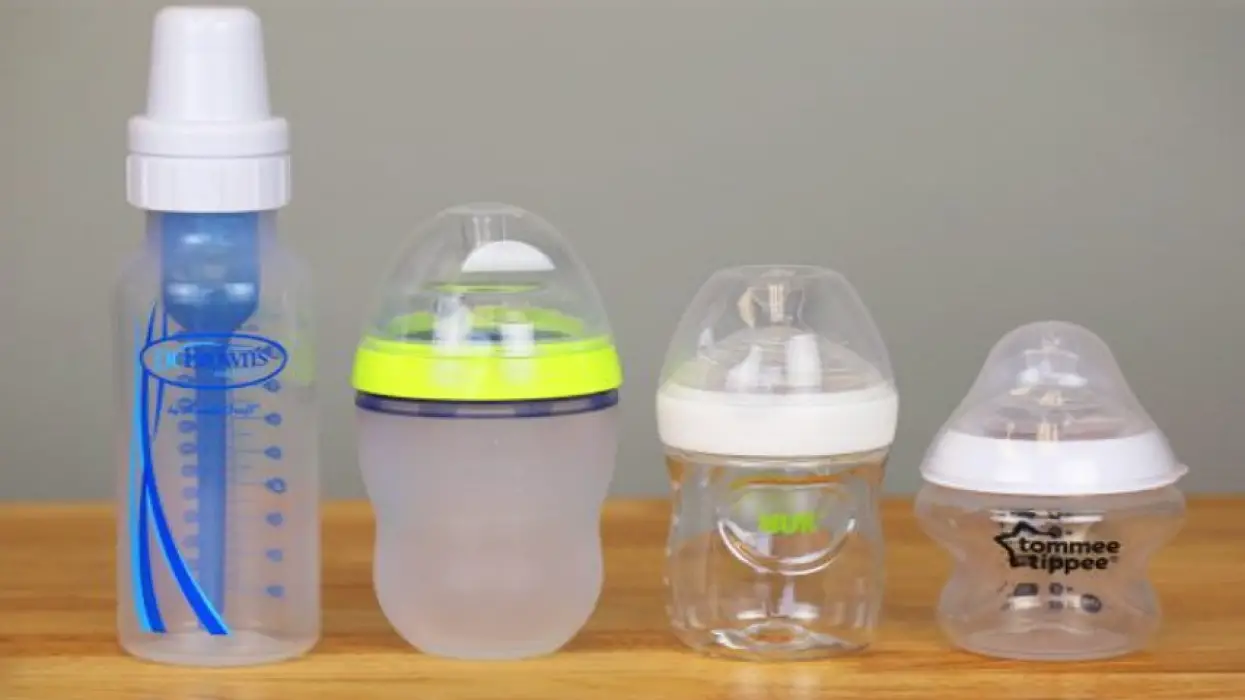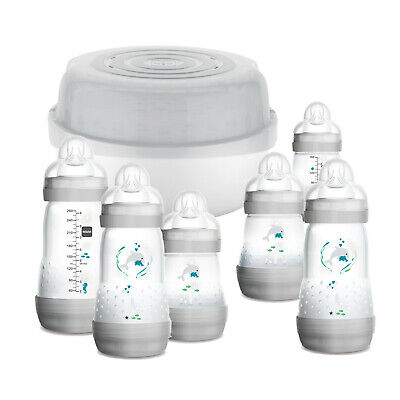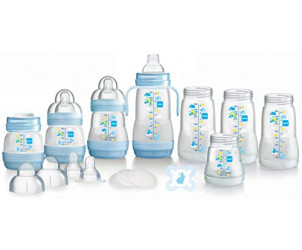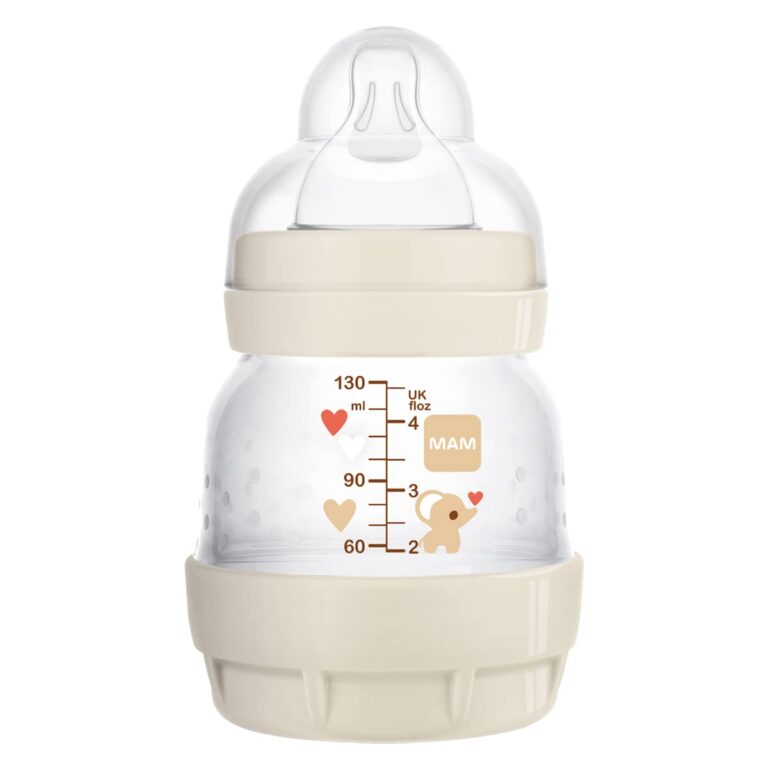As a new parent, finding the perfect bottle for your little one can be a daunting task. With so many options on the market, it can be overwhelming to decide which brand to go for. Two of the most popular options are Dr. Brown’s and Avent bottles, both claiming to offer unique benefits for your baby. But which one should you choose? In this blog post, we will compare and contrast Dr. Brown’s and Avent bottles to help you make an informed decision for your baby’s feeding needs. So, get ready to discover the pros and cons of each brand and find out which one will be the right fit for you and your little one.
Importance of choosing the right baby bottle
Choosing the right baby bottle is crucial for your little one’s comfort and well-being. The type of bottle you choose can have a significant impact on reducing colic symptoms and minimizing air intake during feeding. Dr. Brown’s and Avent bottles are both popular choices known for their unique features and design.
Dr. Brown’s bottles are designed to reduce colic symptoms by preventing air from coming in contact with the liquid. They have an internal vent system that helps minimize air bubbles and reduce gas intake. On the other hand, Avent bottles have anti-colic technology and are easy to clean and assemble.
By selecting the right bottle, you can ensure that your baby has a comfortable and fuss-free feeding experience. Consider factors such as bottle shape and size, the number of parts, and the ease of cleaning and maintenance. Making an informed decision will contribute to your baby’s overall well-being and happiness.
Overview of Dr. Brown’s Bottles
A. Description of Dr. Brown’s bottles
Dr. Brown’s bottles are a popular choice for parents looking for a baby bottle that offers more than just a basic feeding solution. These bottles have a unique design that sets them apart from other brands. With their internal venting system, Dr. Brown’s bottles help to reduce gassiness, spit-up, and colic in babies. The bottles come in various sizes and are made with BPA-free materials to ensure the safety of your little one. While they may have more parts to clean compared to other bottles, many parents find that the benefits of using Dr. Brown’s bottles outweigh the extra cleaning effort. Overall, these bottles provide a natural feeding experience and are designed to minimize air bubbles, making them a top choice for parents seeking relief for their colicky or gassy babies.
B. Unique features and design
When it comes to choosing the right baby bottle, the unique features and design of both Dr. Brown’s and Avent bottles play a crucial role. Dr. Brown’s bottles have a fully vented design, which helps reduce colic symptoms and minimize air intake during feeding. The bottles also come with an internal vent system that prevents air from coming in contact with the liquid, reducing gas, fussiness, and colic. On the other hand, Avent bottles have a natural shape that contours with your baby’s mouth, promoting a more comfortable feeding experience. They are also easy to clean and assemble, with interchangeable parts that make transitions between bottle sizes and sippy cups easier and more cost-effective. Overall, both brands offer unique features and designs that cater to your baby’s feeding needs.
C. Benefits of using Dr. Brown’s bottles
Dr. Brown’s bottles offer several benefits that make them a popular choice among parents. Firstly, these bottles are designed to reduce colic symptoms in babies, providing relief for both the child and the parents. The internal vent system in Dr. Brown’s bottles minimizes the intake of air during feeding, which can help prevent gas and fussiness. Additionally, the bottles are easy to clean and assemble, making them convenient for busy parents. The wide range of nipple options also allows for a more natural feeding experience, reducing the risk of nipple confusion for breastfed babies. With their focus on reducing colic and providing a comfortable feeding experience, Dr. Brown’s bottles are a reliable choice for parents seeking the best for their babies.
D. Reduction of colic symptoms
Reduction of colic symptoms is a major concern for parents when it comes to choosing the right baby bottle. Dr. Brown’s bottles have been praised for their ability to alleviate colic symptoms in infants. The specially designed venting system in these bottles helps to reduce the intake of air during feeding, preventing discomfort and gas build-up in the baby’s tummy. This can lead to a significant reduction in colic symptoms, such as fussiness and excessive crying. Many parents have reported positive results after switching to Dr. Brown’s bottles, with their babies experiencing less colic and improved feeding. By minimizing the air intake and providing a comfortable feeding experience, these bottles can make a real difference in soothing colicky babies.
E. Minimizing air intake during feeding
Dr. Brown’s bottles are designed to minimize air intake during feeding, which can help reduce the risk of gas and discomfort for your baby. The bottles have a unique internal venting system that prevents air from coming into contact with the liquid and getting into the nipple. This helps to reduce the amount of air your baby swallows while feeding, leading to less gas and colic symptoms. The bottles also come in different nipple sizes, allowing you to find the perfect flow for your baby’s needs. With their focus on reducing air intake, Dr. Brown’s bottles are a great choice for parents looking to provide a more comfortable feeding experience for their little one.
Overview of Avent Bottles
A. Description of Avent bottles
Avent bottles are a popular choice for many parents due to their unique features and design. These bottles are designed with a natural shape that contours with your baby’s mouth, promoting a more comfortable and natural feeding experience. They are available in a variety of sizes, including 4 oz, 9 oz, and 11 oz options, allowing you to choose the best size for your baby’s needs. Avent bottles come with a one-piece AirFree vent that helps prevent air intake, reducing the risk of gas, colic, and fussiness. They also have special nipples designed to prevent collapse and release milk when the baby actively drinks. Additionally, these bottles are easy to clean and assemble, making them a convenient choice for busy parents.
B. Unique features and design
Dr. Brown’s bottles have unique features and designs that set them apart from other baby bottles on the market. One standout feature is the anti-colic design, which helps reduce the intake of air during feeding. This can greatly reduce the occurrence of excess spit-up, burping, and gas in babies. The bottles also have an internal venting system that allows babies to drink at their own pace, regardless of the flow of the nipple. Additionally, Dr. Brown’s bottles are well-made and durable, with a nipple that is less likely to collapse. They also come with caps that make them virtually leak-proof, perfect for on-the-go parents. Overall, the unique features and designs of Dr. Brown’s bottles make them a top choice for parents seeking a bottle that can effectively reduce colic symptoms and provide a comfortable feeding experience for their little one.
C. Benefits of using Avent bottles
Avent bottles offer several benefits for parents and their little ones. Firstly, these bottles are equipped with anti-colic technology, which helps reduce colic symptoms in babies. This can be a lifesaver for parents dealing with a colicky baby. Additionally, Avent bottles are easy to clean and assemble. With fewer parts compared to other bottles, the cleaning process is hassle-free. Furthermore, these bottles are compatible with most breast pumps, allowing for easy transfer of breast milk. The natural shape of the nipple promotes a more comfortable and natural feeding experience for babies. Lastly, Avent bottles are made of pharmaceutical-grade borosilicate glass, ensuring durability and resistance to temperature changes. Overall, Avent bottles provide a convenient and reliable option for parents seeking a quality baby bottle.
D. Anti-colic technology
Anti-colic technology in baby bottles has revolutionized the feeding experience for both parents and babies. Both Dr. Brown’s and Avent bottles feature innovative designs that aim to reduce colic symptoms in infants. Dr. Brown’s bottles utilize an internal vent system that helps eliminate air bubbles, reducing the likelihood of colic and fussiness. On the other hand, Avent bottles use a valve vent system built into the nipple to reduce air intake during feeding. Both systems have been clinically proven to be effective in reducing colic symptoms. By minimizing air bubbles and preventing excessive air intake, these bottles provide a more comfortable feeding experience for babies and bring peace of mind to parents.
E. Easy to clean and assemble
When it comes to ease of cleaning and assembling, the Philips Avent bottles have an advantage over Dr. Brown’s bottles. Unlike Dr. Brown’s bottles, which come with multiple small parts that need to be disassembled and cleaned separately, the Philips Avent bottles have fewer parts, making them easier and quicker to clean. In addition, the Avent bottles are dishwasher safe, allowing for convenient and thorough cleaning. This makes them a great option for busy parents who want a hassle-free bottle cleaning experience. So, if you value simplicity and convenience in bottle maintenance, the Philips Avent bottles are the way to go.
Comparison of Dr. Brown’s and Avent Bottles
A. Design and Features
Dr. Brown’s bottles and Avent bottles both have unique designs and features that make them popular choices for parents. In terms of design, Dr. Brown’s bottles come in a wide-neck shape with a natural nipple, which promotes a more natural feeding experience for babies and helps prevent nipple confusion. On the other hand, Avent bottles have a natural shape that contours with your baby’s mouth, providing a comfortable and familiar feeding experience. Both bottles also have anti-colic systems that minimize air intake during feeding, reducing the risk of colic symptoms and discomfort for your baby. However, when it comes to cleaning and maintenance, Avent bottles are easier to clean and are dishwasher-safe, while Dr. Brown’s bottles have more parts and may require more effort to clean thoroughly. Overall, both bottles offer unique design features that cater to different preferences and needs.
B. Bottle shape and size
When it comes to bottle shape and size, both Dr. Brown’s and Avent offer options that cater to different preferences and needs. Dr. Brown’s bottles typically have a narrow shape and come in sizes like 2 oz, 4 oz, and 8 oz. This design can be easier for your baby to hold and is suitable for smaller feeds. On the other hand, Avent bottles have a more wide-neck design that mimics the shape of a breast. They come in sizes like 4 oz, 9 oz, and 11 oz, providing options for growing appetites. The natural shape of the Avent bottle also promotes a comfortable latch for your baby. Overall, both brands offer bottles that accommodate different feeding stages and allow for a more natural and enjoyable feeding experience.
C. Number of parts and assembly process
When it comes to the number of parts and the assembly process, Dr. Brown’s and Philips Avent bottles have some differences. Dr. Brown’s bottles come with more parts that need to be disassembled, washed, and sanitized regularly. This can be a bit time-consuming and tedious. On the other hand, Philips Avent bottles have fewer parts, making them easier to clean and assemble. They offer a more hassle-free maintenance experience for busy parents. It’s important to note that both bottles can leak if not properly prepped and sealed. Whether you prefer the convenience of fewer parts or are willing to put in the extra effort for the benefits of Dr. Brown’s anti-colic system, the choice ultimately depends on your personal preference and your baby’s specific needs.
D. Anti-Colic Feature
One of the key factors to consider when choosing a baby bottle is its anti-colic feature. Both Dr. Brown’s and Avent bottles offer this feature, but with some differences. Dr. Brown’s bottles have a unique venting system that helps reduce the intake of air during feeding, minimizing symptoms of colic. The internal vent system in Dr. Brown’s bottles prevents air from coming into contact with the liquid, reducing the chances of your baby swallowing air and experiencing discomfort. On the other hand, Avent bottles have an air-free vent that can prevent air intake and reduce gas, colic, and fussiness. While both options provide relief for colicky babies, it’s important to choose the bottle that best suits your baby’s needs.
E. Effectiveness in reducing colic symptoms
Dr. Brown’s bottles have been found to be highly effective in reducing colic symptoms in babies. The fully vented design of these bottles helps to minimize discomfort caused by excess air intake during feeding. The internal vent system prevents air from coming in contact with the liquid and being swallowed by the baby, resulting in less gas, fussiness, and colic. Many parents have experienced significant improvements in their baby’s colic symptoms after switching to Dr. Brown’s bottles. These bottles are specifically designed to reduce air bubbles and provide a more natural feeding experience, making them a popular choice for babies prone to colic or colic-like symptoms. With their proven track record in reducing colic, Dr. Brown’s bottles are a trusted option for parents seeking relief for their babies.
F. Mechanism of reducing air intake
One of the key features of both Dr. Brown’s and Avent bottles is their ability to reduce air intake during feeding. This mechanism helps minimize the risk of gas and colic in babies. With Dr. Brown’s bottles, the reduction of air intake is achieved through their innovative venting system. The bottles have an internal vent that prevents air from coming in contact with the liquid and getting into the nipple for the baby to swallow. This helps reduce gas, fussiness, and colic symptoms. Avent bottles, on the other hand, use an anti-colic system that includes a unique one-piece AirFree vent. This vent prevents the intake of air, reducing gas, colic, and fussiness in babies. Both bottle brands offer effective mechanisms to ensure a more comfortable feeding experience for babies.
F. Cleaning and Maintenance
Cleaning and maintaining baby bottles is an important aspect of using them. When comparing Dr. Brown’s and Avent bottles, it is worth noting that Avent bottles are generally easier to clean. They are dishwasher-friendly, which can save parents time and effort. On the other hand, Dr. Brown’s bottles have more parts, including an internal venting system, which can make the cleaning process a bit more complicated. However, despite the extra effort required, many parents find that Dr. Brown’s bottles are still worth it due to their ability to reduce colic symptoms and prevent gas and fussiness in babies. Ultimately, the choice between the two brands will depend on factors such as cleaning preferences and the specific needs of the baby.
G. Ease of cleaning
When it comes to ease of cleaning, there is a noticeable difference between Dr. Brown’s and Avent bottles. Dr. Brown’s bottles have more parts to clean, which can be a bit of a hassle. They have a venting system that requires extra attention to ensure all the nooks and crannies are clean. On the other hand, Avent bottles are easier to clean and can even be put in the dishwasher. With fewer parts, they are more straightforward to take apart, clean, and assemble. This convenience can be a significant factor for busy parents who are looking for a hassle-free cleaning process. Ultimately, the choice between the two depends on how much importance you place on ease of cleaning and your willingness to invest a little extra time in cleaning the Dr. Brown’s bottles.
H. Dishwasher-safe compatibility
Both Dr. Brown’s and Avent bottles offer the convenience of being dishwasher-safe, which is a great feature for busy parents. Being able to simply place the bottles in the dishwasher for easy and efficient cleaning can save a lot of time and effort. No need to spend extra time hand-washing the bottles or worrying about sterilizing them separately. Just pop them in the dishwasher along with your other dishes, and they’ll come out clean and ready to use again. This dishwasher-safe compatibility adds to the overall convenience and practicality of both Dr. Brown’s and Avent bottles, making them a popular choice among parents.




